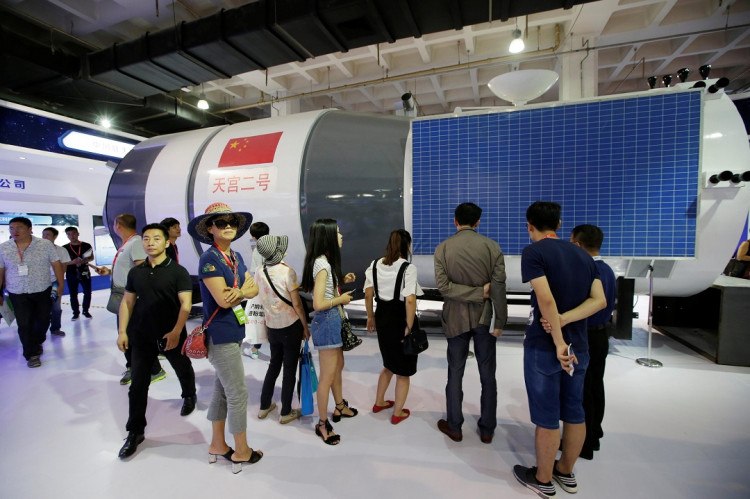As the Russian science module docks with the International Space Station, the aging floating outpost faces off against Tiangong, China's own space laboratory.
As Beijing pushes for greater research of the universe, including potential interplanetary missions, the Chinese space station in microgravity, which is currently under construction, is expected to be a beehive of experiments.
So, how will the new station fare against the International Space Station?
Size
The Tiangong Space Station, when fully loaded, might have a weight of around 220,500 lbs, or roughly one-fifth the mass of the ISS. This is roughly the size of the decommissioned Russian Mir space station.
Altitude
The ISS travels at an altitude of about 258 miles, whereas Tinagong will orbit between 210 and 280 miles above the Earth's surface. So, in general, the two stations do not differ significantly on this condition.
Modules
The ISS comprises five Russian modules, eight American modules, two Japanese modules, and one European module.
The Tiangong will initially have three modules, compared to ISS's 16 modules, with two more on the way.
Docking Stations
Tiangong has the Chinese Docking Mechanism, which is based on the Russian Androgynous Peripheral Attach System (APAS-89/APAS-95). This is employed by the Shenzhou spacecraft as well as previous Tiangong prototypes.
According to reports, Tiangong's docking mechanism is a clone of the APAS system, making it compatible with the ISS docking system. Others, however, argue that the two systems are not completely compatible.
Structure
The ISS is separated into two components. There is the Russian Orbital Segment (ROS) and the United States Orbital Segment (USOS) administered by the U.S. and some other countries. Each one has its own living quarters as well as science labs.
The Tianhe core module serves as the foundation for the Tiangong space station. This is the major portion of the station, and it offers life support and living accommodations for three crew members, as well as guidance, navigation, and orientation control.
This is also the location of the station's power, propulsion, and life support systems. It is divided into three sections: residential quarters, service, and a docking hub.
Experiments
The new space station will be equipped to conduct experiments in space life sciences and biotechnology, microgravity fluid physics and combustion, space material science, and fundamental physics in microgravity, all of which are explored by the ISS's experiments.
In the end, the two space stations have more in common than they have differences. It will be interesting to observe if the Chinese space station gradually expands to be as large and productive as the ISS.





